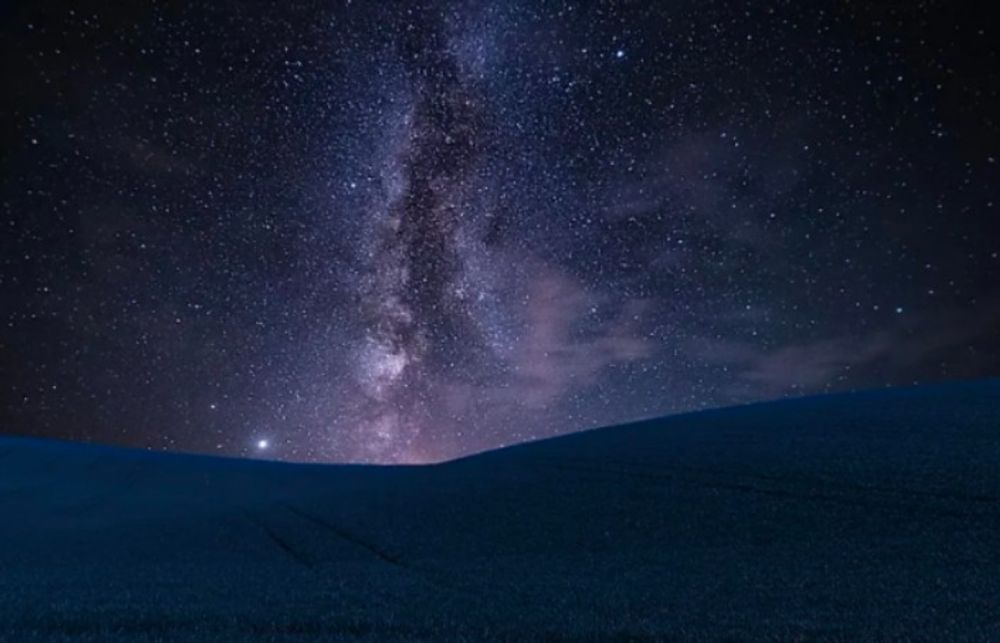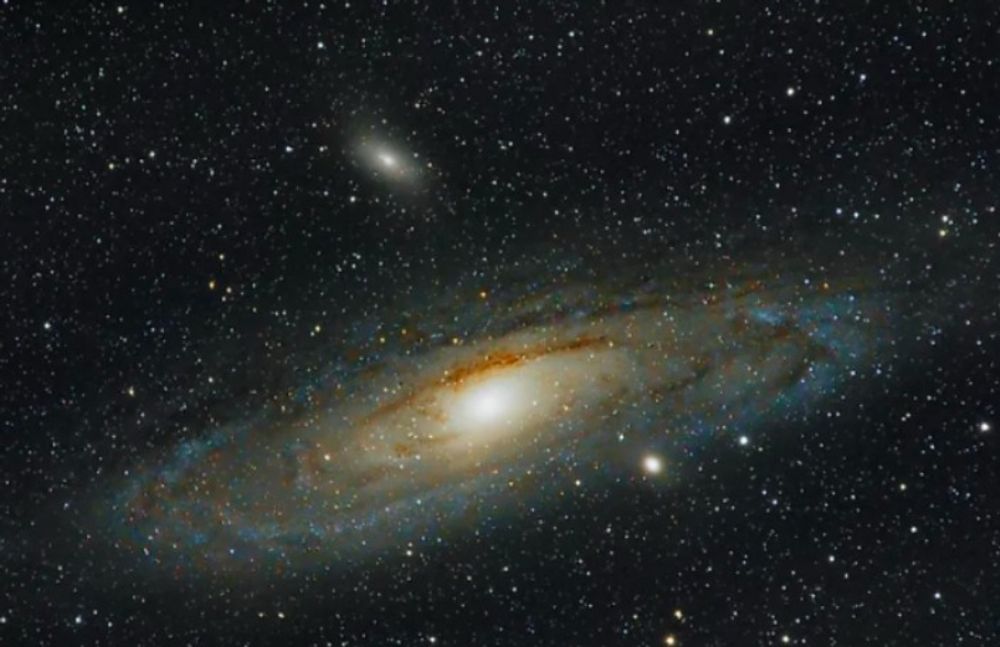

A galaxy is an astronomical structure that contains millions to billions of stars, gases, and dust that are gravitationally bound together. Interestingly, there is no single definition of what a galaxy is. Even with the above definitions, there is no difference between galaxies and large clusters. For the purposes of this discussion, we believe that the defining factor for galaxies is the existence of multiple stellar generations. This is mainly because this is what star clusters generally lack. Therefore, a galaxy can be defined as a celestial body containing millions to billions of stars from multiple generations, all bound by gravity.
Less than a century later, our view of the universe was fundamentally different from what it is today. Until the late 1930s, it was widely believed that the universe consisted only of the Milky Way and the stars and planets within it. The rest of the universe was infinite and static. But today, our cosmic image is very different. We now know that the universe is not static, but is actually home to hundreds of billions, and perhaps trillions, of individual galaxies. This view of the universe was first revealed in the late 1920s when astronomer Edwin Hubble made a surprising discovery at Mount Wilson Observatory. Hubble tried to use one of the most advanced telescopes of the time to determine the distance to what appears to be a nebula. The nebula is a vast area of star-forming material found throughout the Milky Way. Before the 1920s, astronomers believed that what we now know as a distant galaxy is the Milky Way nebula. Hubble's interest in the nebula has been the subject of intense debate in astronomy as various groups of astronomers debated exactly what these objects were. Astronomers, known as the "Great Debate," argued whether some of these distant nebulae were other galaxies or star-forming regions in the Milky Way. Most astronomers thought it was a distant nebula in the Milky Way, but Hubble really wanted to find out.
At that time, the size of our galaxy was so well known that Hubble only had to determine how far some of these objects were. If they exceed the known size of the galaxy, they must be objects outside the galaxy and therefore other galaxies of their own. Does it sound so easy? But it's not as easy as it sounds. Knowing how far something is apart in astronomy is natural for most of us. It wasn't always easy. In the 1920s, parallax was the main method used to determine the distance to something. The problem with parallax is that you can't use it to determine the distance across the Milky Way. If these objects are outside the galaxy, they can be millions of light-years away. New technology was needed, and Hubble found exactly what it needed to be looking for ……….spiral galaxy🌌
……….spiral galaxy🌌

……..Elliptical galaxies✨ ………Ring galaxies💫
………Ring galaxies💫
Thank you ✨
Give support and like❤️
